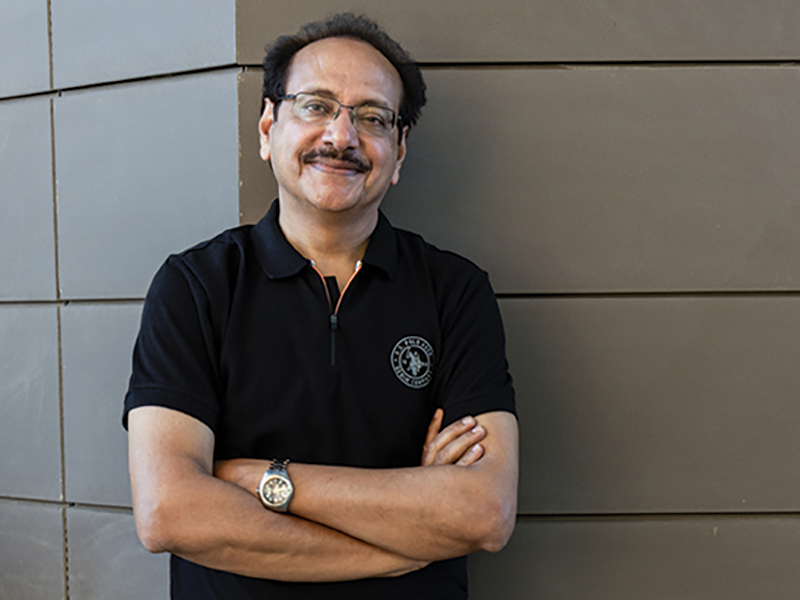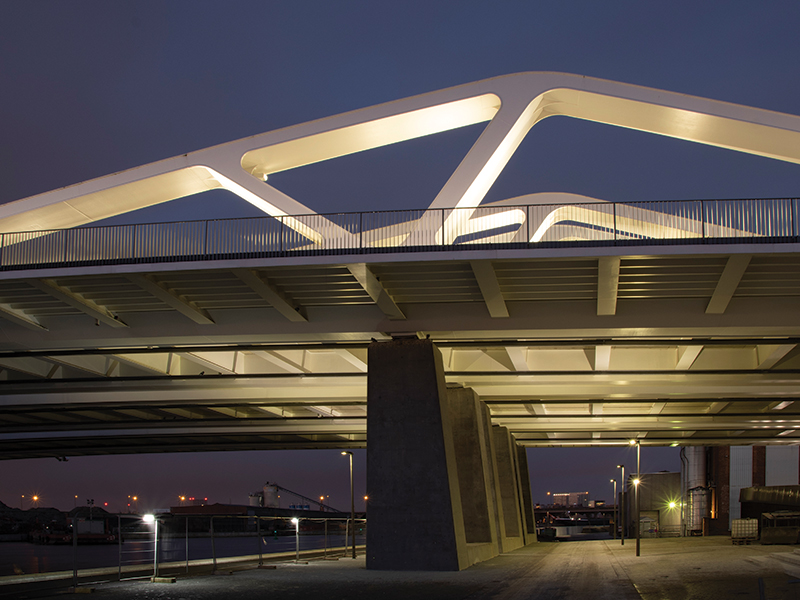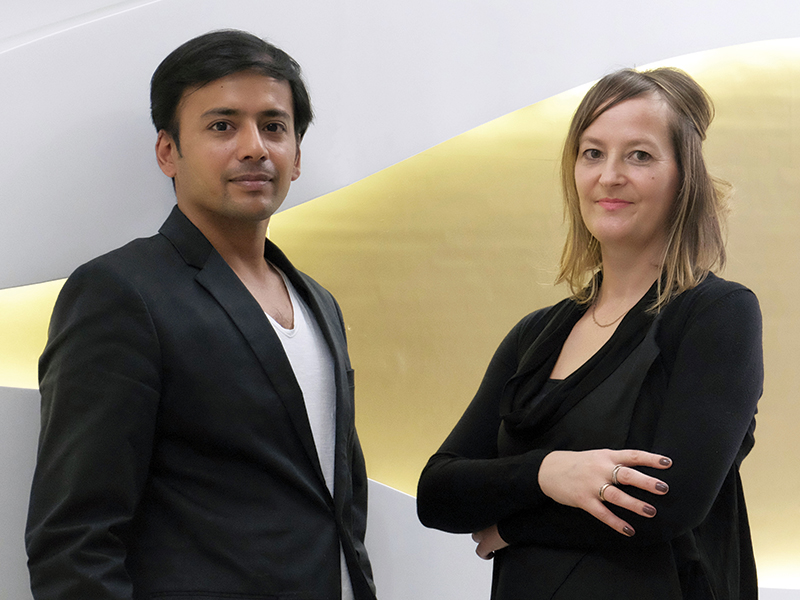
He has an eye for good design and can visualize and translate ideas onto paper to show clients and builders. His ability to both lead a design team and provide client management role has been the key in maintaining and nurturing long-term relationships with highly satisfied clients. He has spent more than 25 years focused on planning and designing large scale retail, hotels, offices, residential, mixed use developments, colleges, campuses, townships, Industrial, laboratories, and Hospitals etc. Architecture according to him is what shapes our lives, something we all participate in - every day, and yet it is something most rarely notice.
He believes that architecture lies at the intersection of art and science bringing together primal needs and high tech. The process of architecture according to him requires a passionate involvement and commitment to bring out creative solutions to complex issues. The current state of architectural design is trending, according to him, many contemporary ideas of what defines unique and unusual, but visually and spiritually inspiring geometry supported with strong computer software. He believes in this experimentation but within the realms to explore purposeful architecture through various techniques, delivering meaningful buildings that exhibit a message of cultural relevancy. All buildings according to him must firstly be designed to provide shelter from the elements and to keep the right temperature. Everything else should be a special effect that energizes the people inhabiting the space being designed and provide purpose to further the needs of the site.
Buildings according to him should be relatable to the average inhabitant, be cohesive with ideas, and be inherently performance oriented. He does not believe in judging a building on its uniqueness, or departure from the past. Though these may be of good qualities, but according to him, an architect must rely on its efficacy of form and material usage in reference to context and human occupation, which according to him is a more purposeful architecture.















